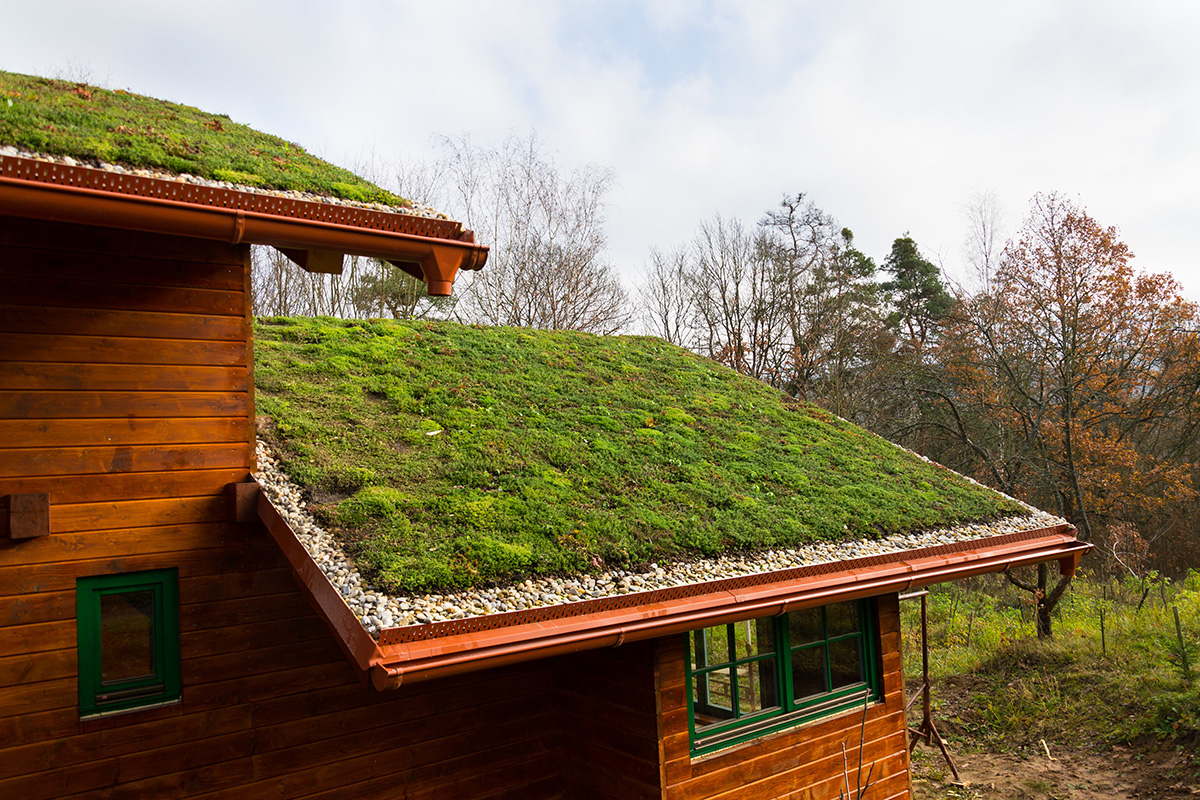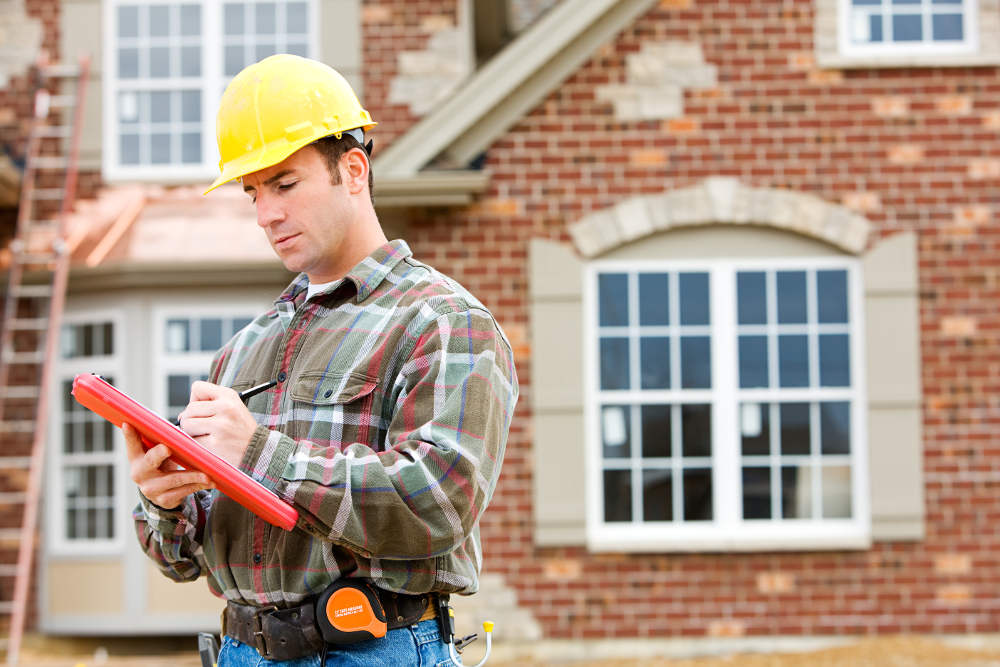Green roofs have gained significant popularity in recent years as eco-friendly and sustainable roofing solutions. They offer a multitude of environmental benefits while adding aesthetic appeal to buildings. By incorporating vegetation and greenery into rooftops, green roofs not only enhance the beauty of urban landscapes but also contribute to a more sustainable future.
In this article, we will explore the concept of green roofs and delve into the numerous advantages they bring to our cities and the environment.
What are Green Roofs?
Green roofs, also known as living roofs or vegetated roofs, are rooftop systems that are partially or entirely covered with vegetation. They consist of several layers, including a waterproofing membrane, root barrier, drainage layer, growing medium, and vegetation. The types of plants used on green roofs can range from low-growing grasses to shrubs and even trees, depending on the design and structural considerations.
Environmental Benefits
Green roofs offer a range of environmental benefits, making them a sustainable choice for modern construction
a. Improved Stormwater Management:
One of the significant advantages of green roofs is their ability to absorb and retain rainwater. The vegetation and growing medium act as natural filters, reducing the volume and rate of stormwater runoff. This helps alleviate stress on urban drainage systems and mitigates the risk of floods and water pollution.
b. Enhanced Energy Efficiency:
Green roofs provide excellent insulation, reducing heat loss in winter and heat gain in summer. They act as a natural barrier against extreme temperatures, thus reducing the need for excessive heating or cooling. This, in turn, lowers energy consumption and contributes to lower greenhouse gas emissions.
c. Air Quality Improvement:
Vegetation on green roofs absorbs airborne pollutants and filters harmful particulate matter, resulting in improved air quality. They act as “green lungs” in urban areas, helping to reduce the impact of air pollution and promoting healthier living environments.
d. Biodiversity and Habitat Creation:
Green roofs provide additional green space in densely populated urban areas, offering a habitat for birds, insects, and other wildlife. They contribute to urban biodiversity conservation by supporting plant and animal species that might otherwise struggle in concrete-dominated environments.
Economic Benefits
Aside from their environmental advantages, green roofs can also yield economic benefits for both building owners and the larger community:
a. Energy Savings:
By reducing the energy demands for heating and cooling, green roofs can lead to substantial energy savings. This can result in lower utility bills and long-term cost savings for building owners.
b. Extended Roof Lifespan:
The vegetation and protective layers of a green roof shield the underlying roof membrane from harmful UV radiation, extreme temperature fluctuations, and mechanical damage. This can significantly extend the lifespan of the roof, reducing the need for premature replacement and saving on maintenance costs.
c. Increased Property Value:
Green roofs add value to properties by improving their aesthetic appeal and providing unique green spaces. Buildings with green roofs are often considered more desirable and can command higher property values.
Considerations and Challenges
Implementing green roofs requires careful planning, design, and maintenance. Some considerations and challenges to keep in mind include:
a. Structural Capacity:
Green roofs are heavier than conventional roofs, so it is crucial to assess the structural capacity of the building to support the additional weight.
b. Waterproofing and Drainage:
Proper waterproofing and drainage systems are essential to prevent water leakage and ensure efficient stormwater management.
c. Maintenance and Irrigation:
Regular maintenance, including watering, weeding, and inspection, is necessary to ensure the health and longevity of green roofs. Irrigation systems may be required, especially in arid or dry regions.
Conclusion
Green roofs offer a sustainable and eco-friendly solution for urban areas, providing numerous environmental, economic, and social benefits. They contribute to improved stormwater management, energy efficiency, air quality, and biodiversity conservation.
As we continue to seek innovative ways to make our cities greener and more sustainable, green roofs emerge as promising option that combines functionality, aesthetics, and environmental stewardship. By embracing green roofs, we can create healthier and more resilient urban environments for future generations.



